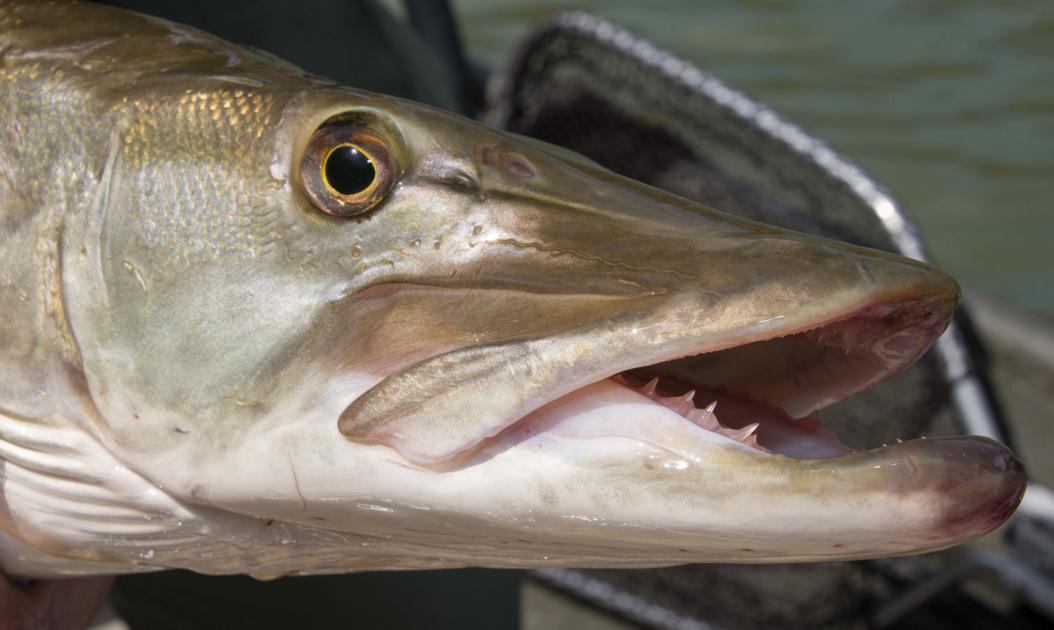
Changes are coming for West Virginia’s Trophy Fish Citation program.
Starting January 1, anglers will no longer need to weigh the fish they catch in order to earn a certificate from the state Division of Natural Resources. Size qualifications for several species will change, as well.
Mark Scott, the DNR’s assistant chief in charge of fisheries, said the changes are being made to reduce the hassle anglers sometimes have to go to in order to get their fish recognized.
“The reason we’re no longer going to give citations based on weight is because anglers were having too much trouble trying to find certified scales to have their fish weighed on,” Scott explained. “We decided it wasn’t worth the hassle.”
In 2021 and thereafter, citations will be based solely on the fish’s length. Most of the lengths will remain the same as they are under the current citation program, but some of them will change.
“At our biologist’s meeting last June, we went over the length requirements for all our citation species,” Scott said. “The biologists felt some of the requirements were too small, and some of them were too big. We decided to change a few of them.”
The citation size for muskellunge, for example, will jump from the current 40 inches to the new minimum, 45 inches. Scott said catches of muskies in the 40- to 45-inch range have become so common, a 40-incher can hardly be called a trophy anymore.
The same goes for flathead and blue catfish. The minimum citation size for both species will move to 35 inches, up from the current 29.
“The blue cat fishery in particular is really exploding,” Scott said. “We’re seeing 30-pound blue cats all the time. Our flathead fishery is well established, but larger flatheads are being caught nowadays, too.
“The community of catfish anglers is growing, and they’re taking care of the resource. They’re turning in people they suspect of catching large fish and selling them. As a result, there are more big fish, particularly in the Kanawha and Ohio rivers.”
The minimum requirement for a citation-sized walleye will also go up.
“A 25-inch walleye really isn’t all that big,” Scott said. “That’s why we bumped the minimum up to 28 inches.”
Anglers who catch striped bass will also face a steeper requirement.
“The current citation size for stripers is 25 inches,” Scott said. “That will go up to 30 inches. Stripers tend to have long, thin bodies. A 25-incher doesn’t weigh very much. A 30-incher is definitely more of a trophy.”
Not all the size minimums went up. Scott said the minimum trophy size for rock bass will drop from 11 to 10 inches, and the minimum for freshwater drum will dip from 27 to 22 inches.
The requirements for all other species will remain the same.
"fish" - Google News
November 29, 2020 at 02:00AM
https://ift.tt/3q8OG5Z
WV's Trophy Fish Citation program gets a makeover - Charleston Gazette-Mail
"fish" - Google News
https://ift.tt/35JkYuc
https://ift.tt/3feFffJ
Bagikan Berita Ini















0 Response to "WV's Trophy Fish Citation program gets a makeover - Charleston Gazette-Mail"
Post a Comment